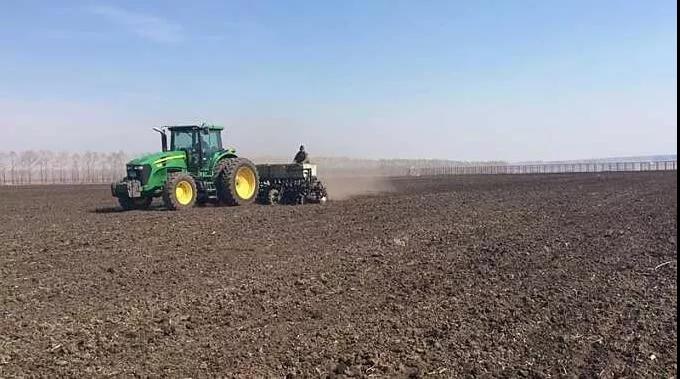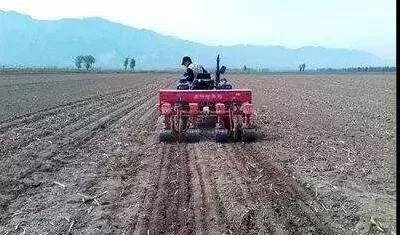Winter wheat planting points
In recent years, due to climatic conditions and farming habits, the frequency of fulminant pests and diseases in winter wheat fields increased, and wheat root diseases (mainly root rot, stem rot, and total eclipse) occurred heavily. In order to improve the quality of winter wheat sowing and cultivate the whole seedlings before winter, the authors have compiled the winter wheat sowing techniques as follows:

1 fine land preparation
In recent years, the experience of drought and freezing of wheat indicates that the wheat seedlings grow relatively normal after being ploughed, deep-slung, and rotary-cultivated, and the wheat fields that have been repressed after sowing, are affected by drought and freezing. Light; there is no rolling after rotary tillage, there is no suppression after sowing, causing the soil of the plough layer to be loose, the loss of mites is fast, affecting the secondary root germination, the winter is permeable, the roots are affected by cold and drought, and the dead seedlings are heavier. The key points of fine land preparation are based on the following years of ploughing or deep pine, and the combination of rotary tillage, smashing, ridge, ditching, and hoeing, correctly grasping the timing of ploughing and leezing, and ensuring the quality of work. At the same time, the sowing depth should be controlled when planting. The sowing depth of wheat is about 3~5 cm. It is easy to affect the speed and quality of emergence.

2 selection of good varieties
The most suitable varieties should be selected according to the climate, soil, soil fertility, planting system, production level and pests and diseases of the region. According to the climatic conditions of the region, especially the temperature conditions, winter, semi-winter or spring varieties are used; in high-yield fields with good fertilizer and water conditions, fertilizer-resistant and lodging-resistant varieties with high yield potential are selected; areas with dry and hot winds should be selected. Appropriate precocious, anti-premature aging, anti-green and dry varieties; and areas with heavy rain and severe waterlogging in the south should use moisture-resistant, anti-resistant (resistant) scab and long-sleeping varieties. The selection of good varieties should be tested and demonstrated.
3 suitable for sowing
The sowing time of winter wheat is closely related to the temperature. Generally, the winter sowing season is suitable for daily average temperature of 16-18 °C, semi-winter variety is 14-16 °C, spring variety is 12-14 °C, and wheat seeding is planted. The appropriate lyrics are 70% to 75% of the relative water content of the soil. When determining the suitable sowing date of winter wheat, it is also necessary to consider the fertility level of wheat fields, pests and diseases, and safe wintering.
4 appropriate amount of sowing
Moderate sowing is an important link to deal with the contradiction between groups and individuals, and to coordinate the relationship between wheat growth and development and environmental conditions. In general, the basic seedlings of wheat in the winter wheat area in the north are controlled at 200,000 to 250,000, the northern part of Huanghuai winter wheat area is 150,000 to 200,000, and the southern part of Huanghuai is 150,000 to 180,000. After the sowing date is later than the suitable sowing date in the area, the tillering of wheat will be reduced. It is necessary to increase the seeding rate appropriately. Generally, the seedlings will be increased by about 10,000 for every one day delay, but the maximum number of seedlings should not exceed 350,000.
5 pesticide dressing
If there are serious seed or soil-borne diseases such as total rot, root rot, smut, or underground pests such as golden worms and cockroaches in the field, it is a necessary measure to carry out the treatment of pesticide seeds before sowing. Zheng's chemical industry has launched a wheat seed dressing agent, Bibei, for the general occurrence of diseases and insect pests in winter wheat sowing. It has special effects on wheat total rot, root rot and smut, and is effective and effective for early stem rot and sheath blight. Reducing the occurrence of white spikes can also effectively control pests such as aphids, tendons, and golden worms. Usage: No need to exchange water during the process, it is easy to seed. When used, it will be used to mix 30 kilograms of 220 grams of Bi-resistant wheat. After seed dressing, the seedlings are strong and the roots are developed. The roots are many and the roots are long.

